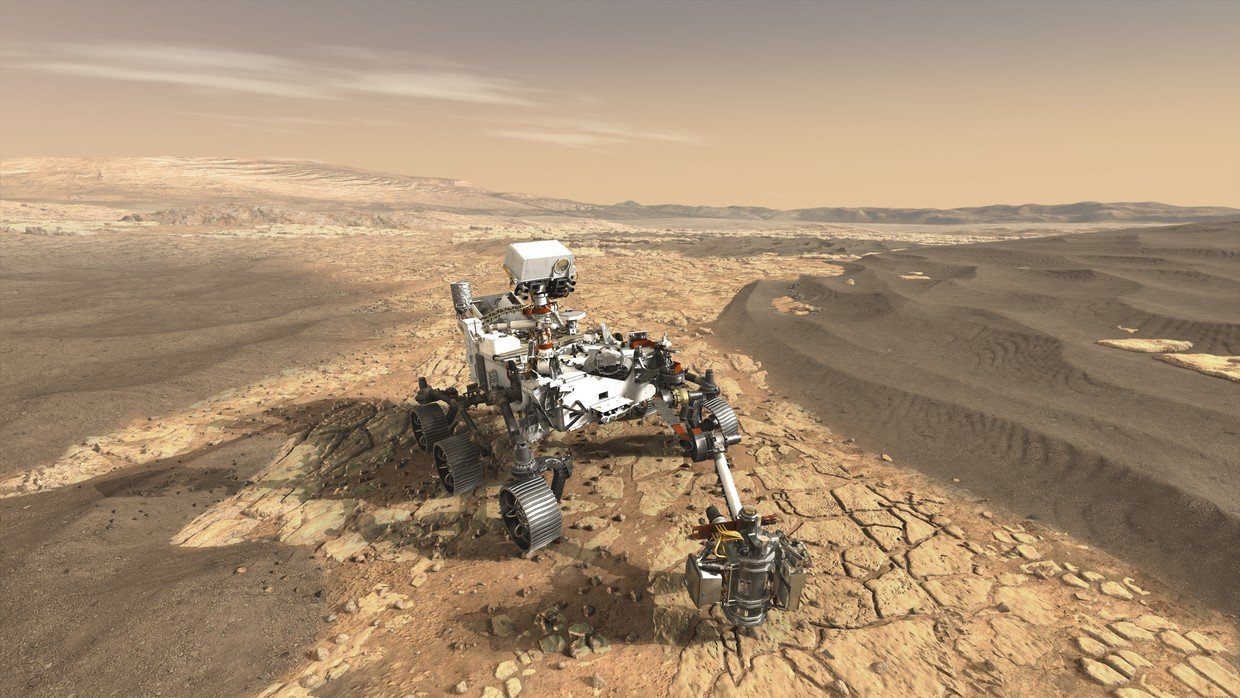Sending humans to Mars remains a question for the distant future but NASA got some buzz going as it summoned public to send their names to get them on board of the next unmanned Mars mission.
The spacecraft carrying a robot will be launched in July 2020 and is expected to touch down on the surface of the red planet in February 2021 and now everyone can feel like a part of this journey. In a press release issued on Monday NASA promised to stencil people’s names on special microchips and attach them to the rover which will search signs of past microbial life on Mars. Those who apply online will also get a souvenir boarding pass.

NASA’s campaign seems to have struck a chord worldwide, as hundreds of thousands of people applied within just a few hours since the announcement. Many rushed to Twitter to boast their boarding passes and express the joy. While it was obvious that it would be a make-believe journey, NASA’s promo made many people dream that their Mars adventure is real.
Some people were getting tickets for their families as well…
While others thought of Mars as a perfect retreat destination.
A few users, however, were uneasy with the prevailing enthusiasm as one person wrote that “it's cheaper to send pieces of paper [to Mars] than to send people”.
Another skeptic commentator noted that NASA would be better off preparing an actual manned trip to Mars instead of spending “45 or so years hiding behind computer screens wasting [money].”
To apply for the journey, one needed to send the first and the last name as well as their zip code and email. The need to share some personal data made one person think that now “the aliens will have our information.”
Once landed on Mars, NASA’s new rover, which is yet to be named, will join the eight already functioning robots, including the recently-arrived InSight lander.
The mission is expected to collect rock and soil samples that will be brought back to Earth by a subsequent spacecraft. Among other tasks are testing a method of producing oxygen from the Martian atmosphere and identifying resources like subsurface water to prepare for the future human expeditions to the red planet.
If you like this story, share it with a friend!

